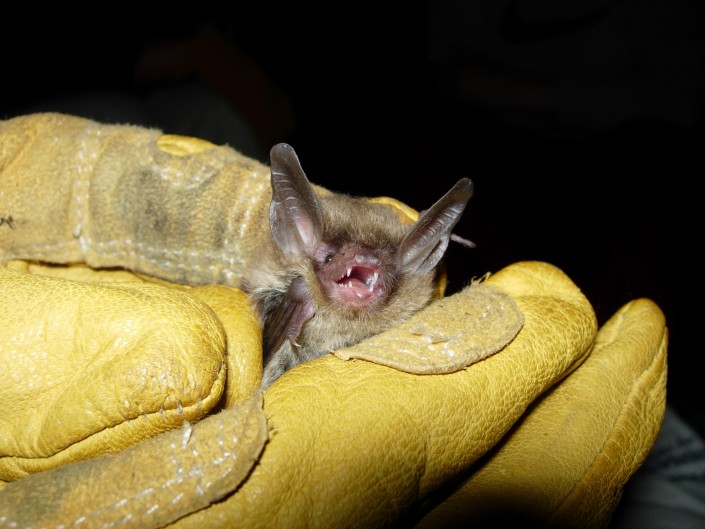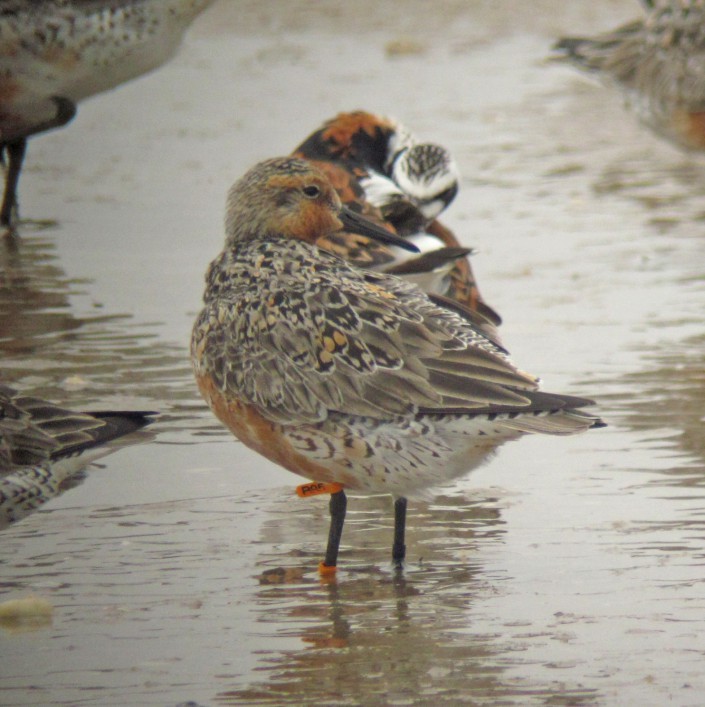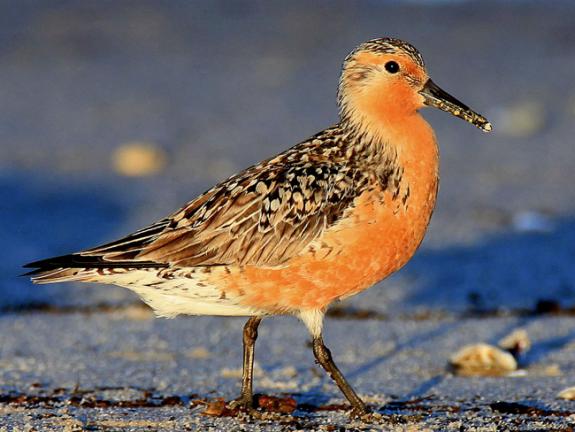Giving the Federally Endangered Bog Turtle a Fighting Chance in New Jersey
Coalition of Agencies Working Together to Enhance Turtle Habitat in Sussex County
by Kelly Triece, Biologist
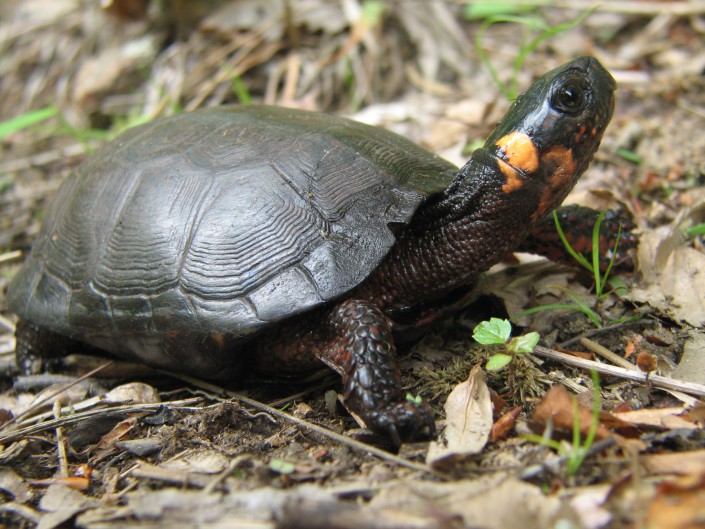
Through federal partnerships and incentive programs, the federally endangered bog turtle can have a fighting chance in New Jersey! The U.S. Department of Agriculture’s Natural Resource Conservation Service (NRCS) and the U.S. Fish and Wildlife Service (USFWS), in partnership with Conserve Wildlife Foundation, New Jersey Audubon Society, and Wallkill River Watershed Management Group, are currently working to restore a once natural wetland on private property in Sussex County. The program is possible through the Agricultural Conservation Easement Program, Wetlands Reserve Easement (WRE). WRE is a voluntary program that provides an opportunity for landowners to receive financial assistance in exchange for permanently protecting retired agricultural land. In their first year, NRCS and USFWS helped to restore and protect 52 acres of bog turtle habitat in New Jersey!
The goal of this project is to restore hydrology, enhance bog turtle habitat, control invasive species, and stabilize the stream bank. Through the partnerships we have already planted riparian buffers along the river and plan to conduct invasive species removal and create shallow water pools for wildlife such as amphibians.

The site contains active bog turtle habitat that has been degraded over time through grazing and other human induced impacts. Bog turtles are found throughout the state, but Sussex County is a hot spot because of its prime wetlands habitat. At the bog turtle site, cattle will be actively managed to graze the area for specific periods of time throughout the year. This will reduce invasive species and create mucky soils preferred by the bog turtle.

New Jersey Audubon Society was also able to supply a native sedge plant to enhance the wetland. Last week, a youth corps group from Phillipsburg, New Jersey met on site to help plant green bulrush. The bulrush will aid to improve water quality, as it will take up phosphorous and other nutrients moving into the water column. It will also aid to reduce erosion and provide food and cover for ducks, and other water birds. So far, 5,050 plugs of green bulrush have been planted!
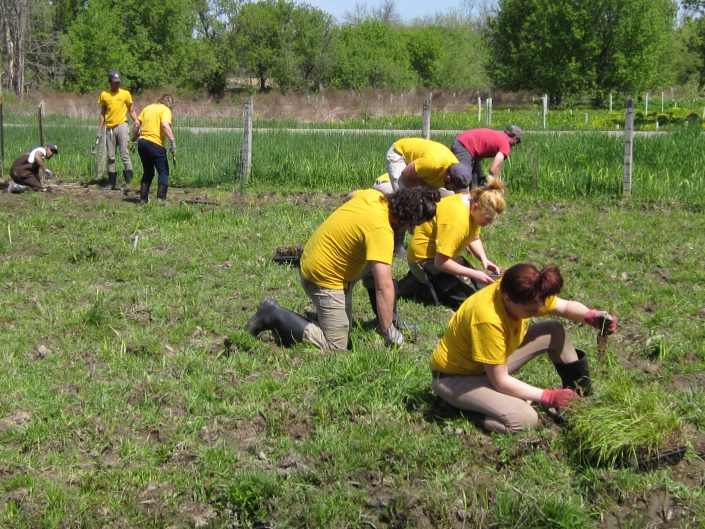
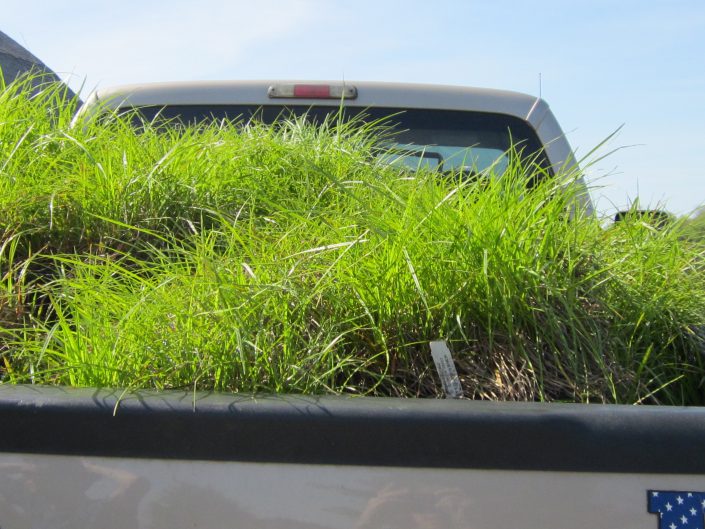
CWF has also partnered on other Sussex County bog turtle restoration projects with the New Jersey Division of Fish and Wildlife’s Endangered and Nongame Species Program, National Fish and Wildlife Foundation, USFWS, and the New Jersey Corporate Wetlands Restoration Program.
Learn More:
Kelly Triece is a Biologist for Conserve Wildlife Foundation of New Jersey.
